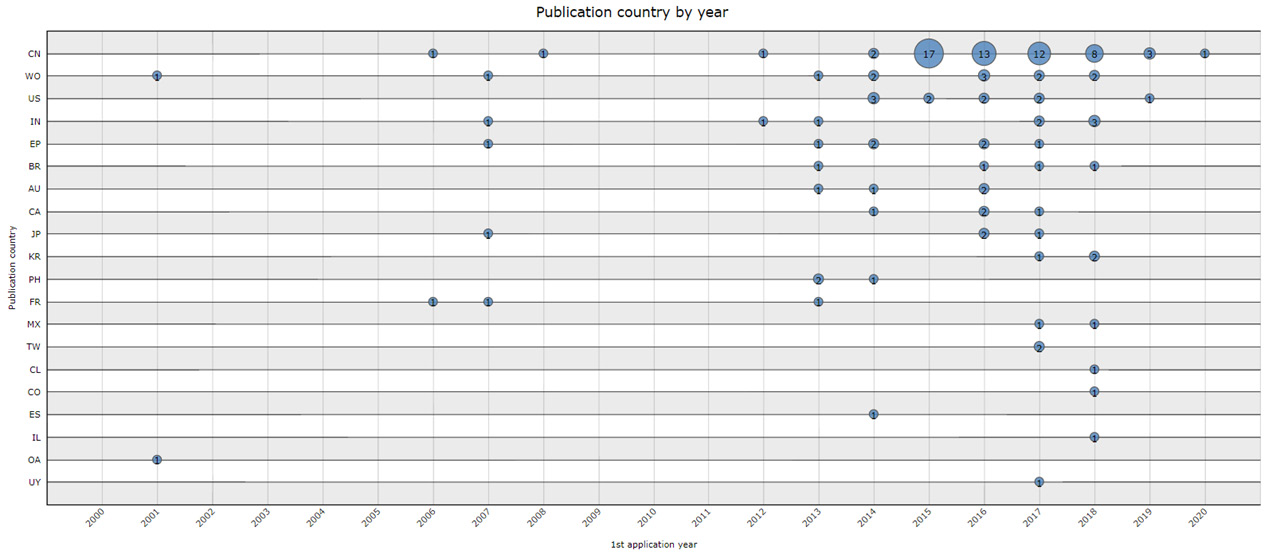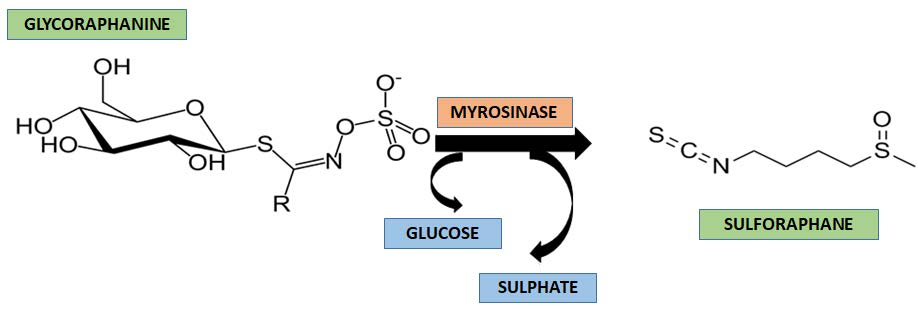Abstract
Moringa oleifera is an arboreal plant belonging to the family Moringaceae distributed in tropical areas and has gained enormous attention in the last decades. This research is a review on the association between aqueous extracts of M. oleifera leaves and diabetes mellitus and understanding its pharmacological functions and underlying mechanisms. The research refinement demonstrated the pharmaceutical potential of M. oleifera and its phytochemicals, given its antidiabetic effect. The prospective analysis showed the amount of application within IPC A61K in health area. The secondary metabolites present in M. oleifera, glucosinolates, flavonoids, and phenolic compounds may be responsible, in part, for the disease control hypoglycemic actions. Glucosinolates, when metabolized by salivary enzymes, give rise to sulforaphanes that act in preventing type 2 diabetes and in reducing insulin resistance. Flavonoids interact with intestinal enzymes by modifying carbohydrate metabolism by regulating glycemic levels, in addition to increasing insulin sensitivity. Phenolic compounds increase the expression of glucose transporters (GLUT4) and reduce the synthesis of fatty acids and cholesterol, contributing to the reduction of glucose resistance and blood sugar control. Moringa oleifera can be used as complementary therapy of the type-2 diabetes.
Keywords:
diabetes; hypoglycemic activity;
Moringa oleifera
; phytochemicals; technological prospecting

 Thumbnail
Thumbnail
 Thumbnail
Thumbnail
 Thumbnail
Thumbnail
 Thumbnail
Thumbnail
 Thumbnail
Thumbnail


 Source: Adapted from Melrose 2019.
Source: Adapted from Melrose 2019.
 Source: Adapted from Fuentes et al. 2015.
Source: Adapted from Fuentes et al. 2015.
 Source: Adapted from Prabhakar & Doble 2011b.
Source: Adapted from Prabhakar & Doble 2011b.